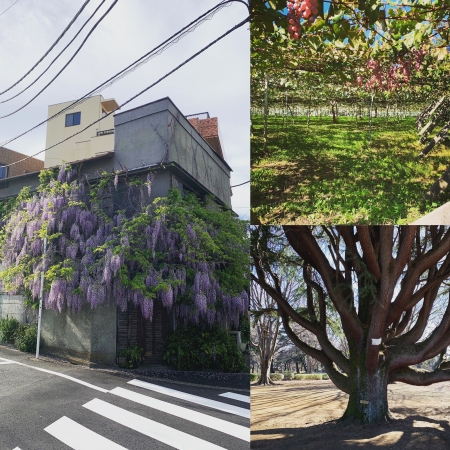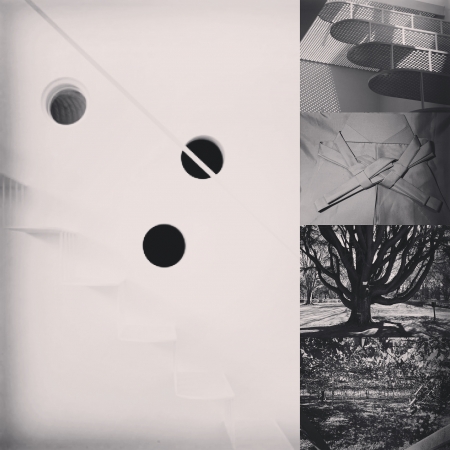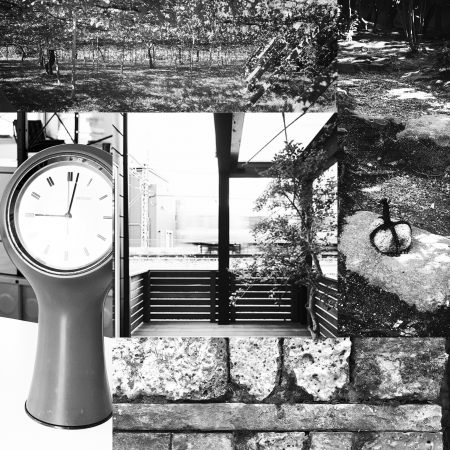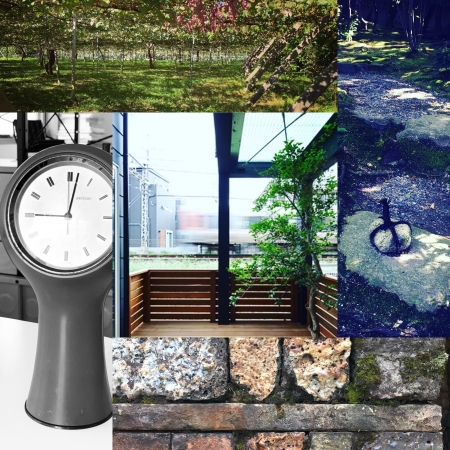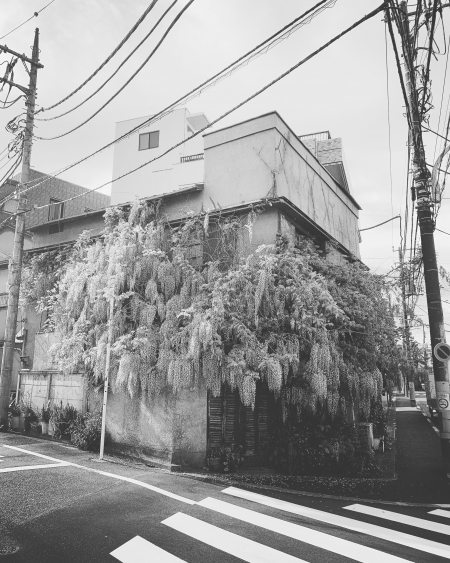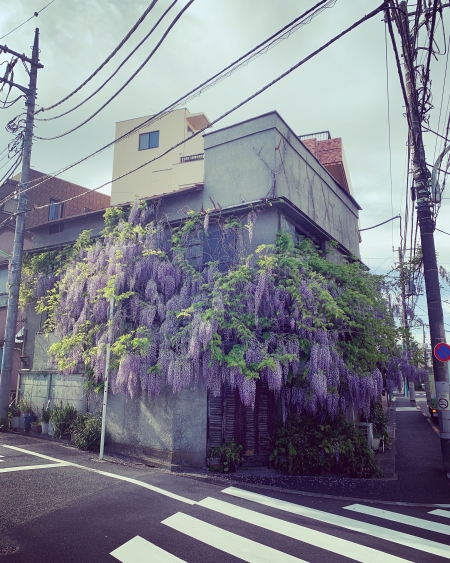一部になってしまうのか
意識に物が現れそして消えていく、これを繰り返すのが広告だとしたら、それは建築でも同じだと思った。日常的に建築と広告をたくさん目にするが明確に意識して覚えているものは数少ない。脳の記憶容量には限界があり全てを覚えていたら脳がパンクしてしまうから、目にはするが無意識にほとんどを覚えないようにしてしまうのだろう。
ただ、これは人の感性に訴えてくる広告や建築に対して起こることである。特に広告は人の感性を刺激して記憶に残すことを広告効果のひとつにしているから、意識の取捨選択の対象になりやすく、ほとんどの広告が現れては消えるを繰り返す。
もし建築や広告が人の感性に訴える量の度が超えて、人の感性が働かなくなるくらいに一度にたくさんの影響を与えることになったとしたら、意識の取捨選択の対象から外れて建築や広告そのものと直に対峙せざるを得なくなるだろう。その時建築と広告は風景の一部になってしまうのか、それとも対峙する人が建築や広告の一部になってしまうのか。
"Will it be a part?"
If it was advertising that things would appear and disappear in consciousness, and this would be repeated, I thought it was the same in architecture. I see a lot of architecture and advertisements on a daily basis, but few of them are clearly conscious and remembered. There is a limit to the memory capacity of the brain, and if you remember everything, your brain will puncture, so you may unknowingly try not to remember most of it.
However, this happens to advertisements and architecture that appeal to human sensibilities. In particular, since advertising stimulates human sensibilities and leaves it in memory as one of the advertising effects, it is easy to be the target of consciousness selection, and most advertisements appear and disappear repeatedly.
If architecture and advertising exceed the amount that appeals to human sensibilities and have so many effects at once that human sensibilities do not work, then architecture and advertising are out of the scope of consciousness selection. You will have to face it directly. Will architecture and advertising then become part of the landscape, or will the confronting person become part of architecture and advertising?

